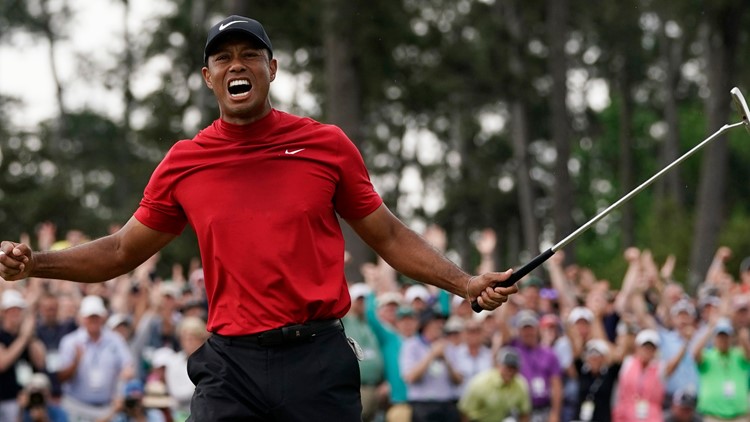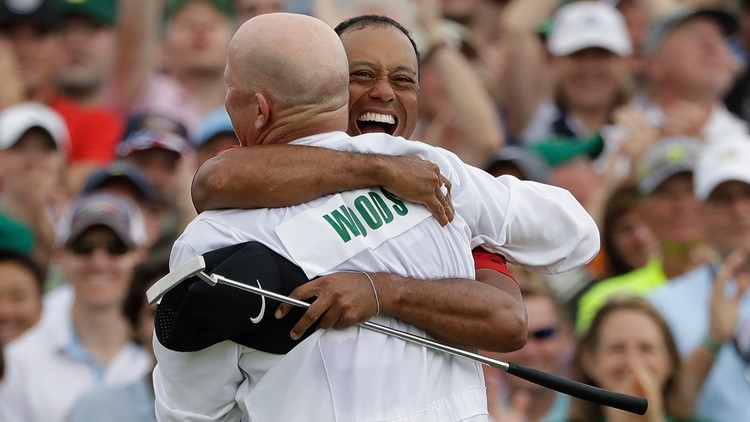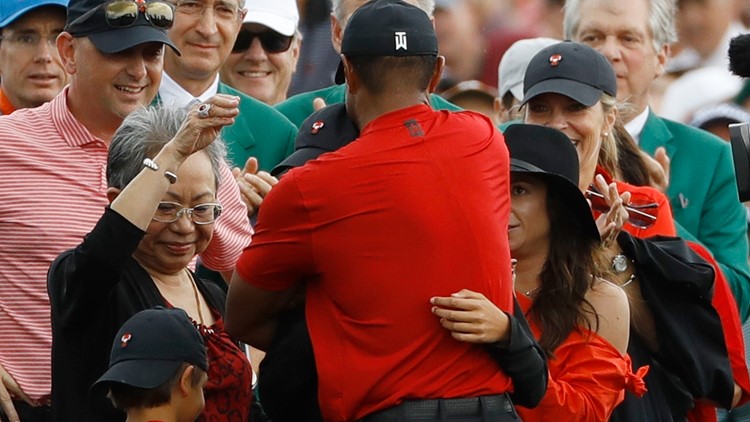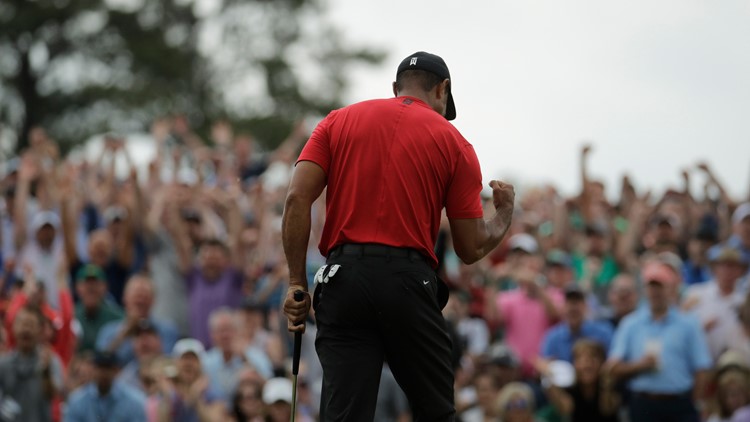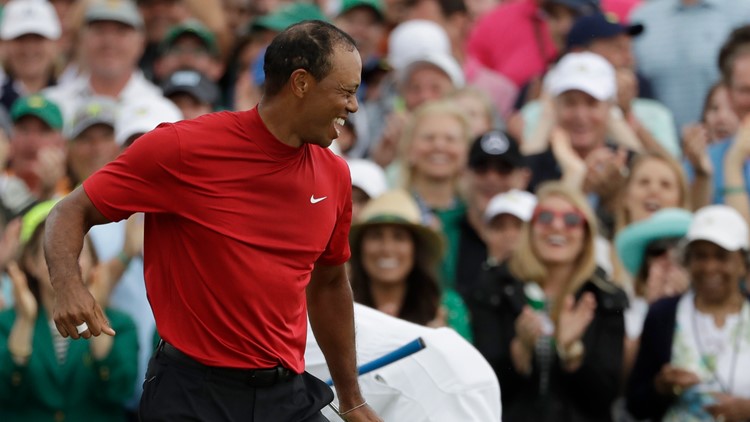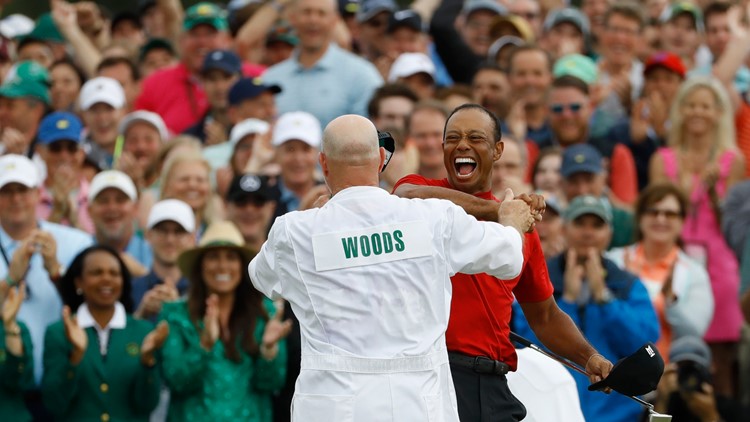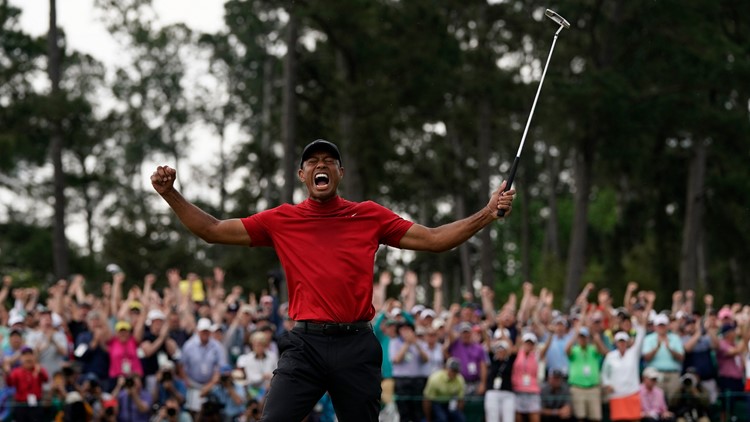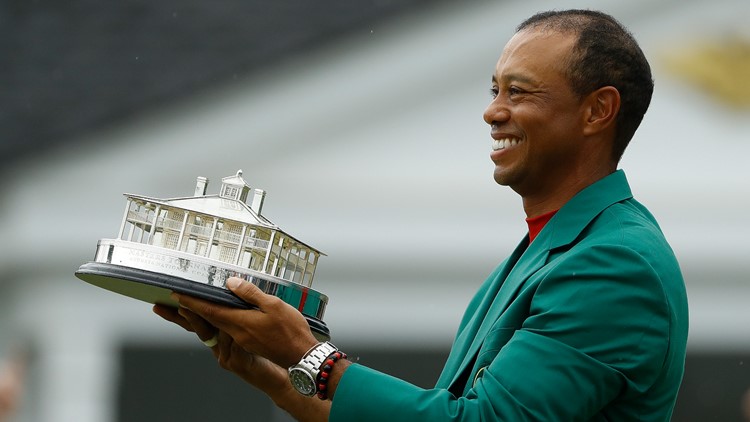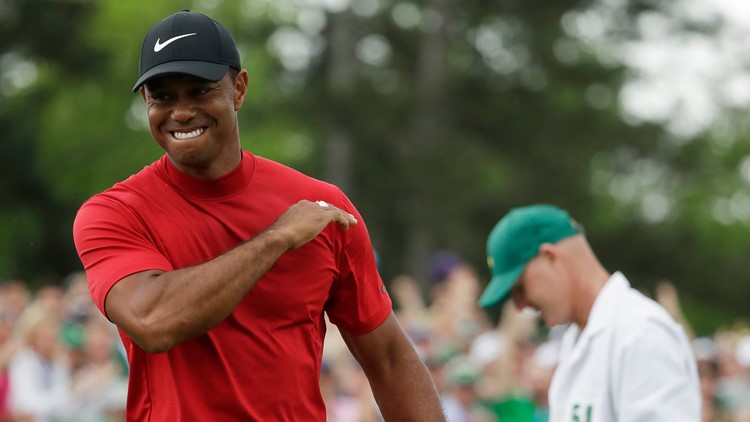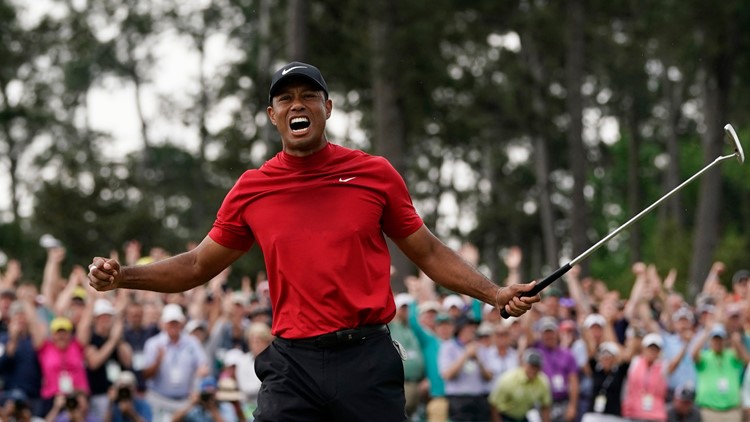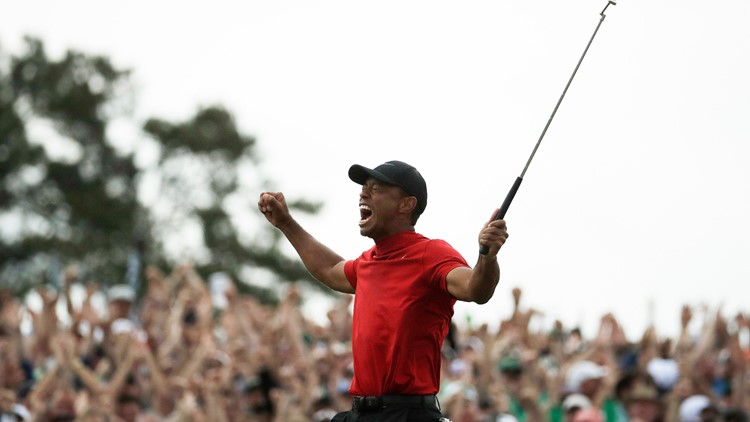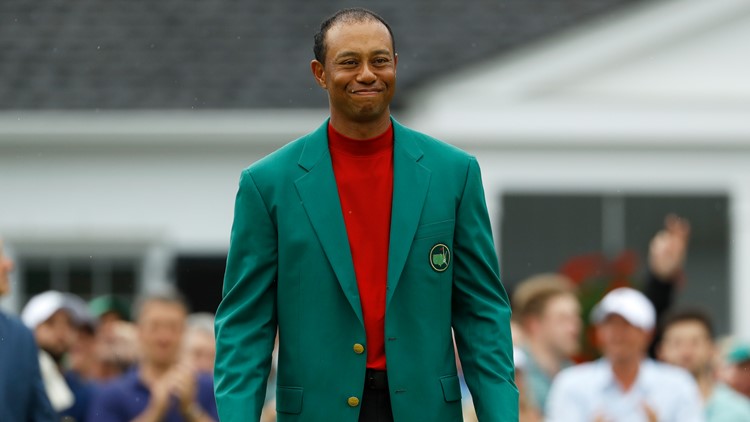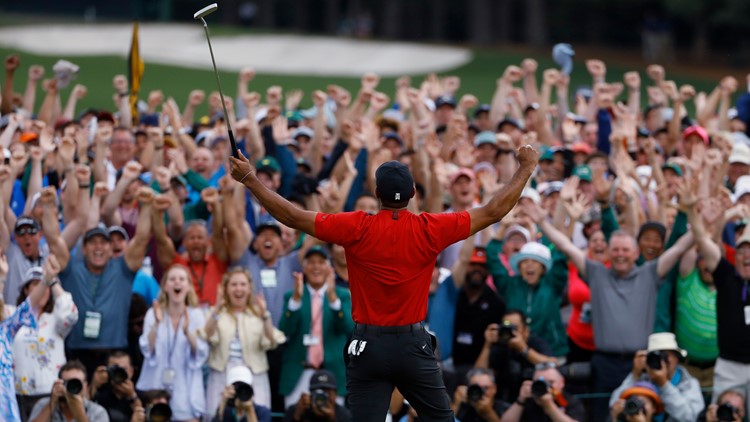PLANO, Texas — Tiger Woods completed his comeback with his fifth Masters title Sunday, a journey that included an important stop at a Plano medical center.
Back injuries have plagued Woods’ golf game for years.
It started in 2014 when he pulled out of a tournament due to back pain. Woods would go on to have three back surgeries.
Over the years, he’s played in tournaments, but his game wasn’t the same. Many started to wonder if Tiger’s dominance in competitive golf was coming to an end.
But in April of 2017 Woods had one more surgery. This time, he turned to surgeons at the Texas Back Institute in Plano.
After the surgery, his public relations team released an in-depth statement about the surgery and possibly the most information about Woods’ back issues than previously known.

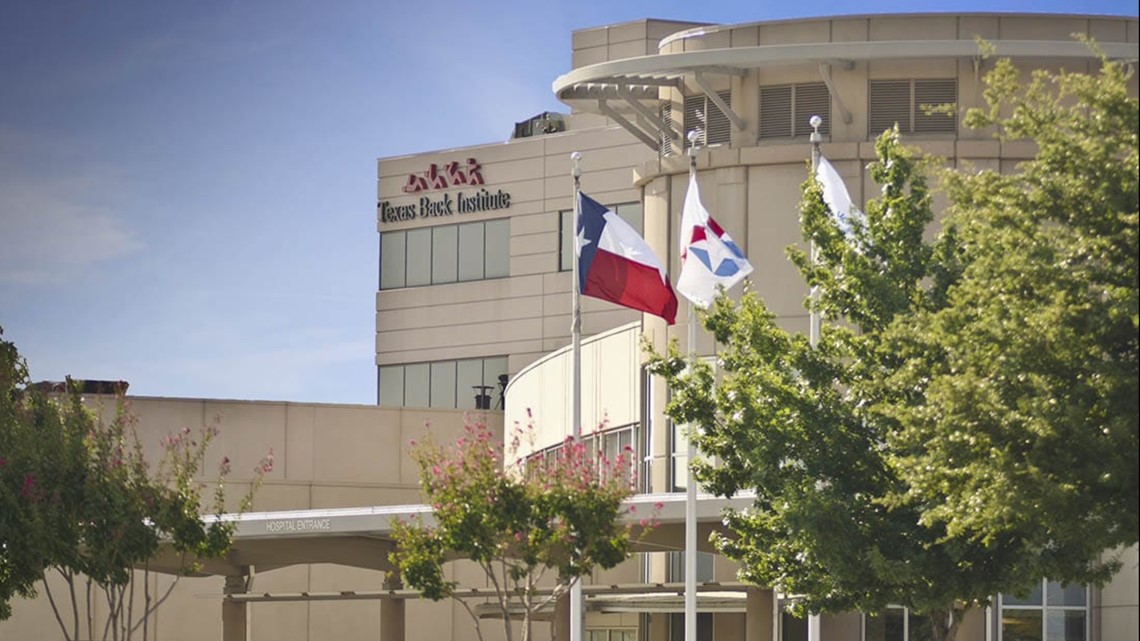
“Due to previous herniations and three surgeries, Woods’ bottom lower-back disc severely narrowed, causing sciatica and severe back and leg pain. Conservative therapy, which included rehabilitation, medications, limiting activities and injections, failed as a permanent solution, and Woods opted to have surgery. The procedure was a minimally invasive Anterior Lumbar Interbody Fusion (MIS ALIF) at L5/S1. The surgery entailed removing the damaged disc and re-elevating the collapsed disc space to normal levels. This allows the one vertebrae to heal to the other. The goal is to relieve the pressure on the nerve and to give the nerve the best chance of healing.”
According to the statement, Dr. Richard Guyer performed Tiger’s surgery.
Guyer, Dr. Jack Ziglar, and Dr. Scott Blumenthal were the first physicians in the country to start doing artificial disc replacements in the U.S. in the early 2000’s.
They are considered the leading physicians in the U.S. when it comes to disc replacements. Blumenthal himself has logged 250,000 miles going to lectures and conferences this year alone.
PHOTOS: Tiger Woods celebrates 5th Masters win
And their work? Well, it hasn’t gone unnoticed. After Woods gave the Texas Back institute a 'pat on the back' in 2018, he went on to win his first tournament since 2013 in September of that year.
Blumenthal told WFAA that calls of interest have grown since then.
“It certainly has brought interest (referring to the statement) to the Center For Disc Replacement, and we get stopped on the street as well,” Blumenthal said.
Woods’ surgery is unique because it was an anterior one. Meaning, doctors went through his abdomen to reach his spine, so they could fuse one vertebra to the other after removing a degenerative disc.
The idea is to reduce motion so that there would be less pain on his nerve.
Blumenthal says the growing interest is a good thing because most people with lower back pain don’t realize that anterior surgery is an option.
“It’s a less painful surgery compared to the back, recovery is quicker, and patients just do better,” Blumenthal said.
It’s also a less invasive surgery, and hospitalization is oftentimes treated as an outpatient operation. Not to mention, it’s affordable.
“Most patients we see, the big symptom is chronic back pain, and some might even have leg pain from nerve irritation. It could be pinched by a disc or a bone,” Blumenthal said.
“Medically, patient conditions derive from degenerative discs or prior disc surgery.”
But surgery surrounding artificial discs, specifically anterior, may not be for everyone.
“It is diagnosis specific and patient-specific,” Blumenthal said.
But if a big name in sports is finally back on his game?
Might be worth a look.




